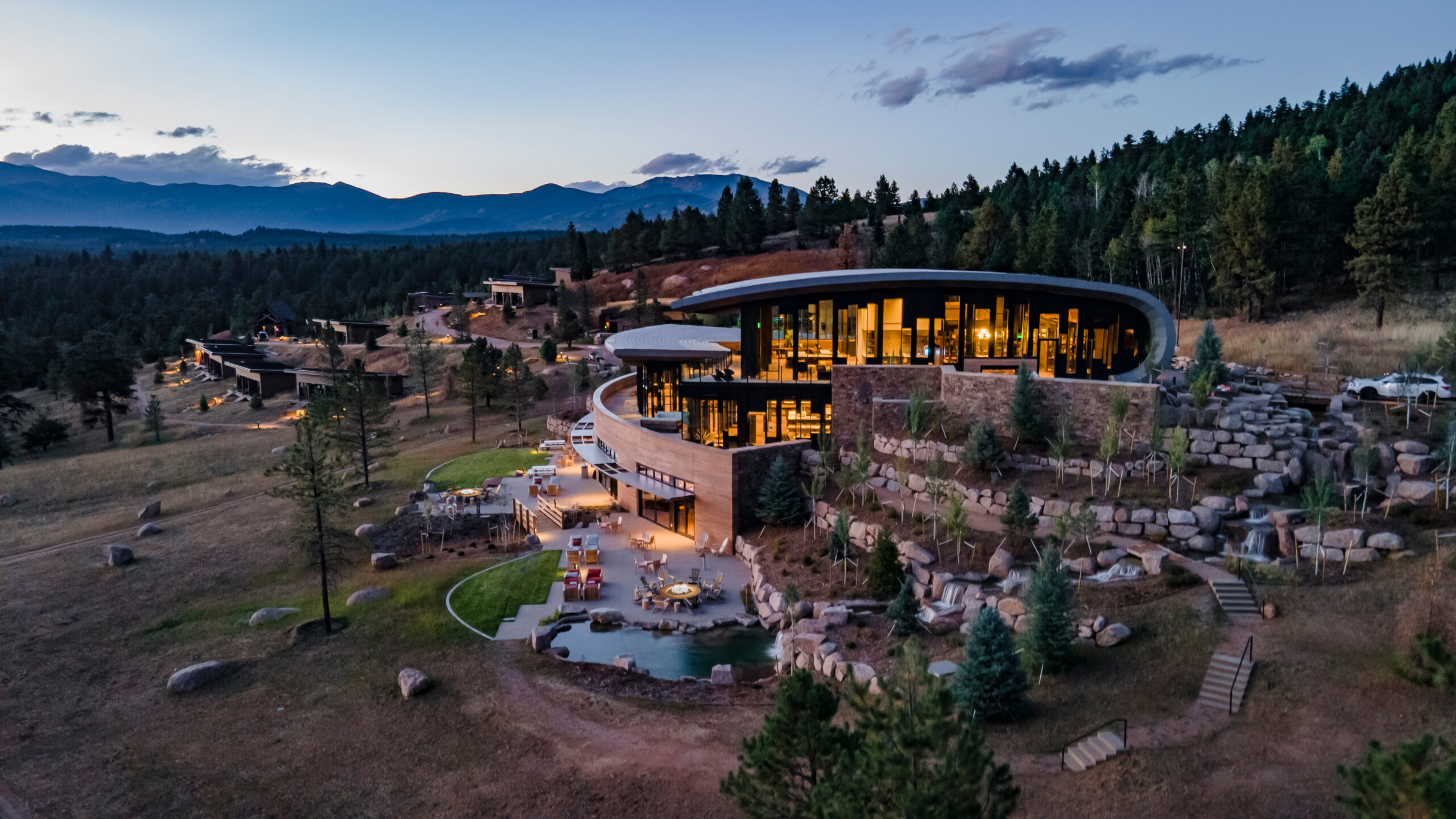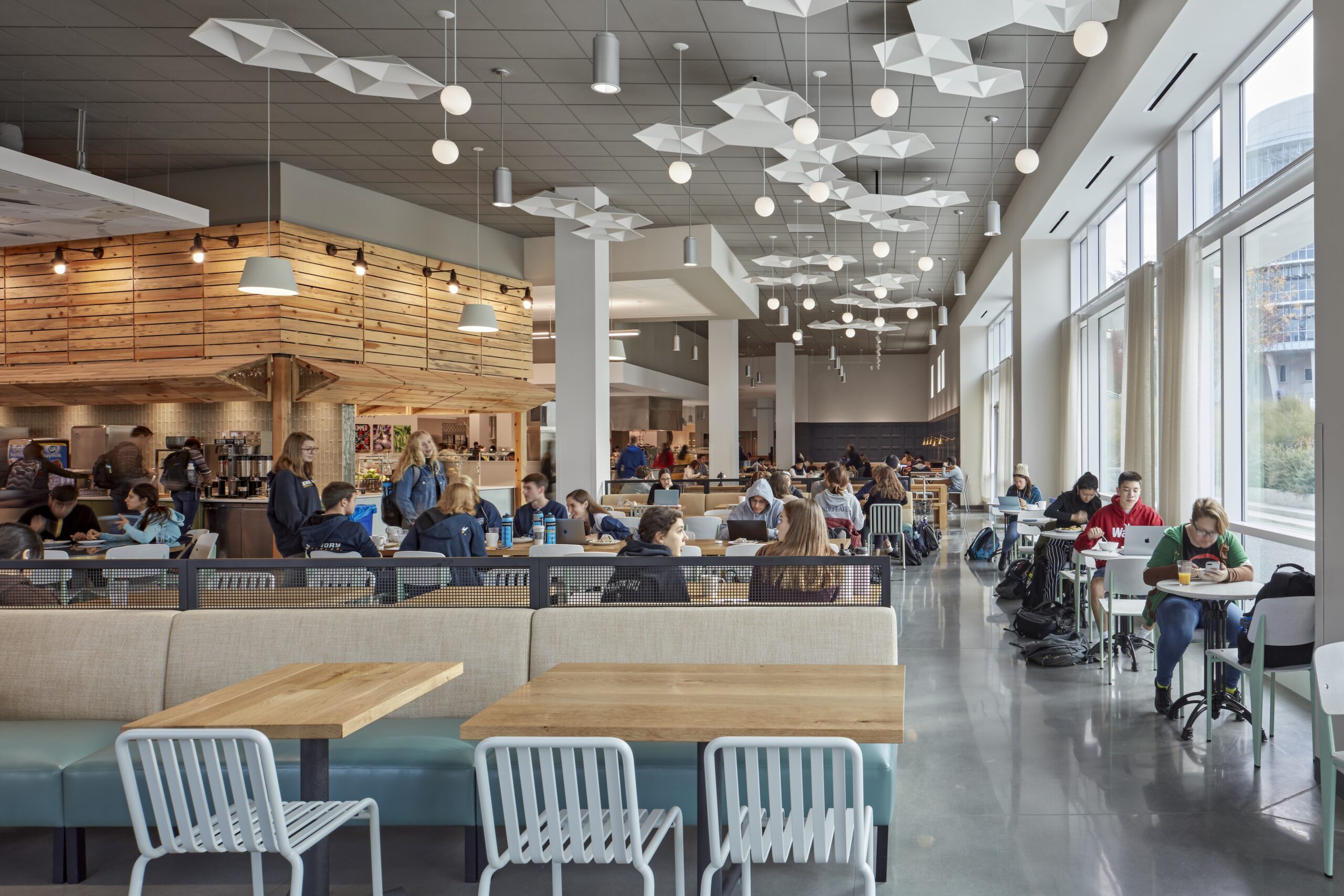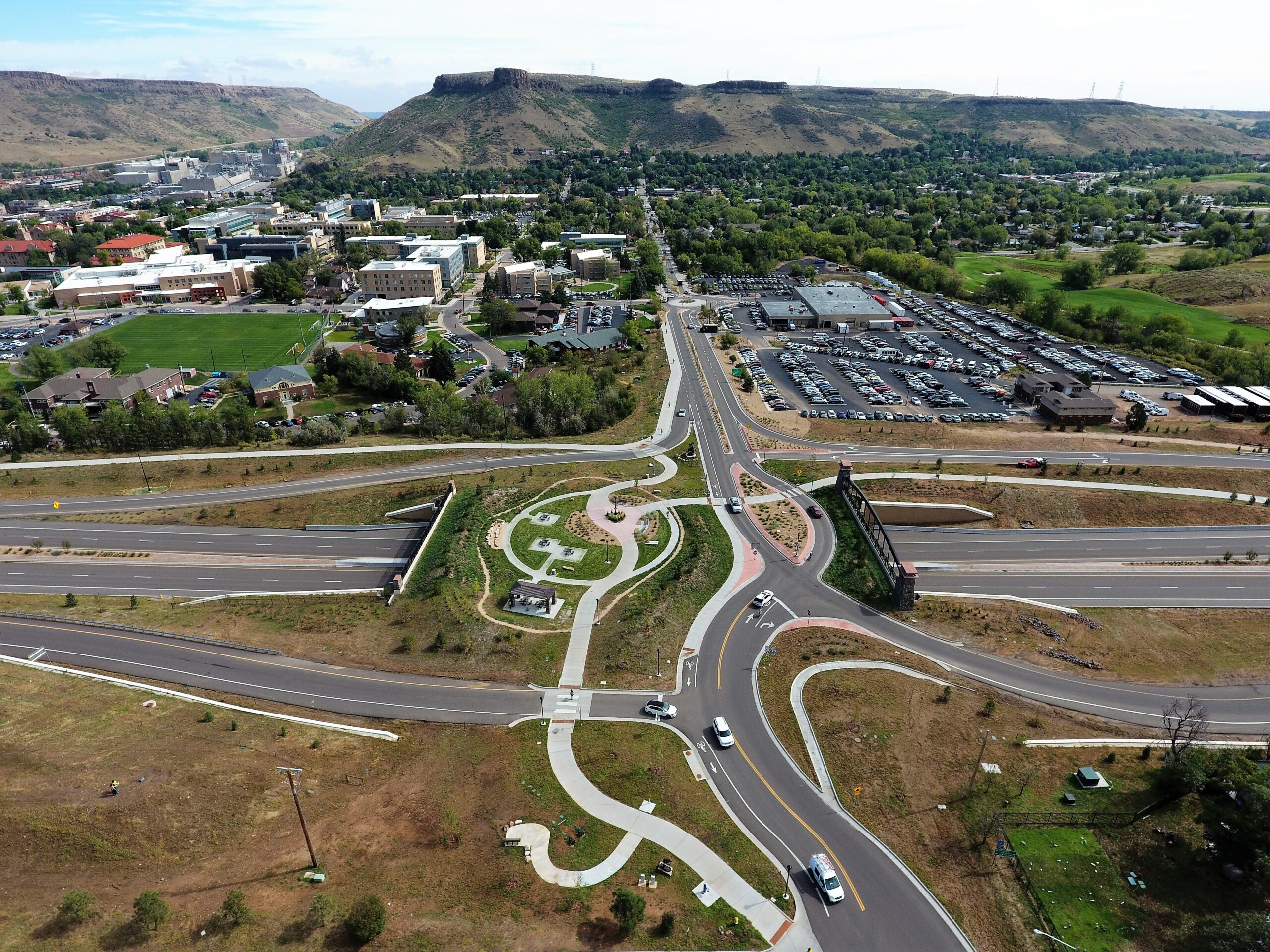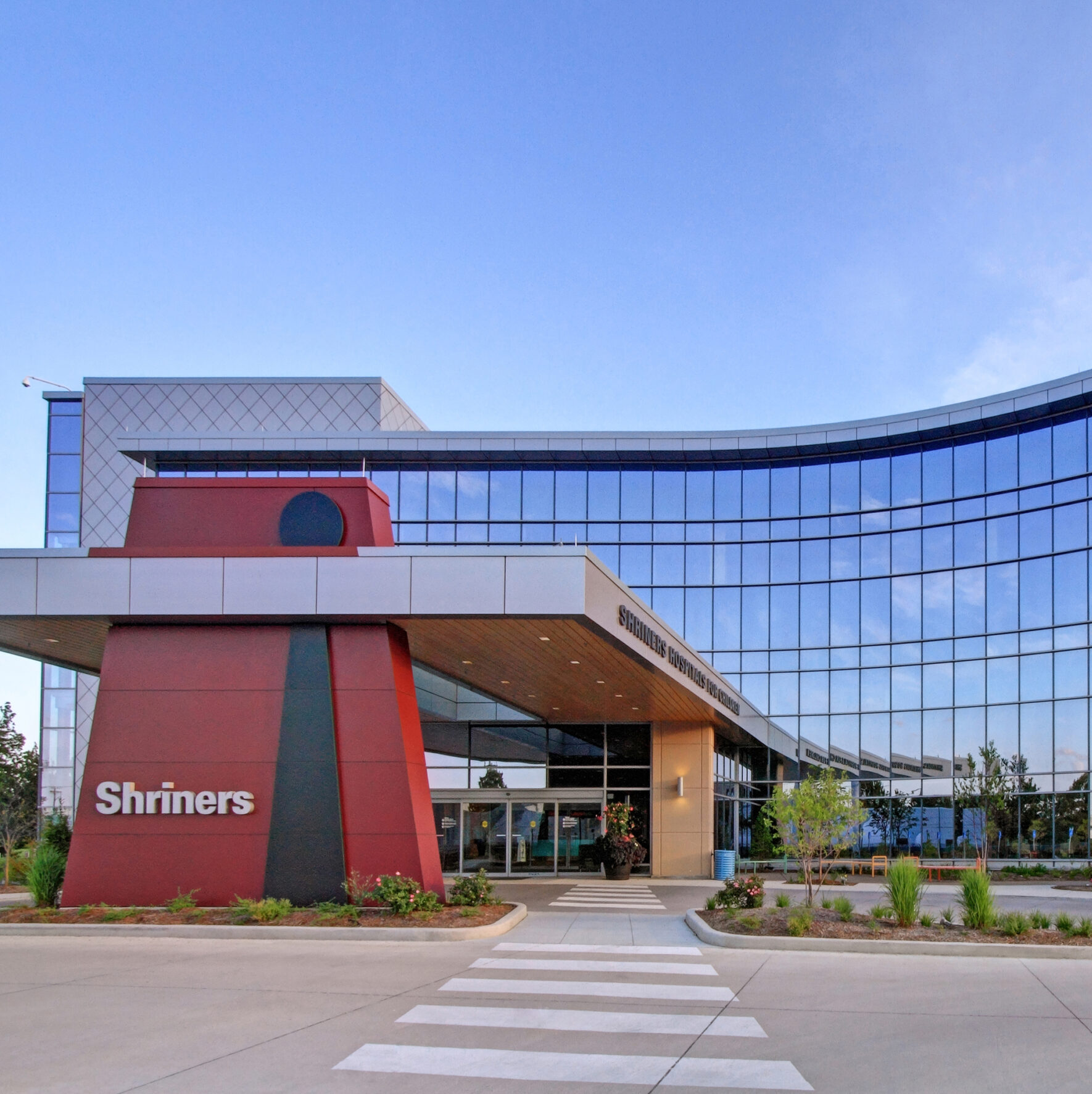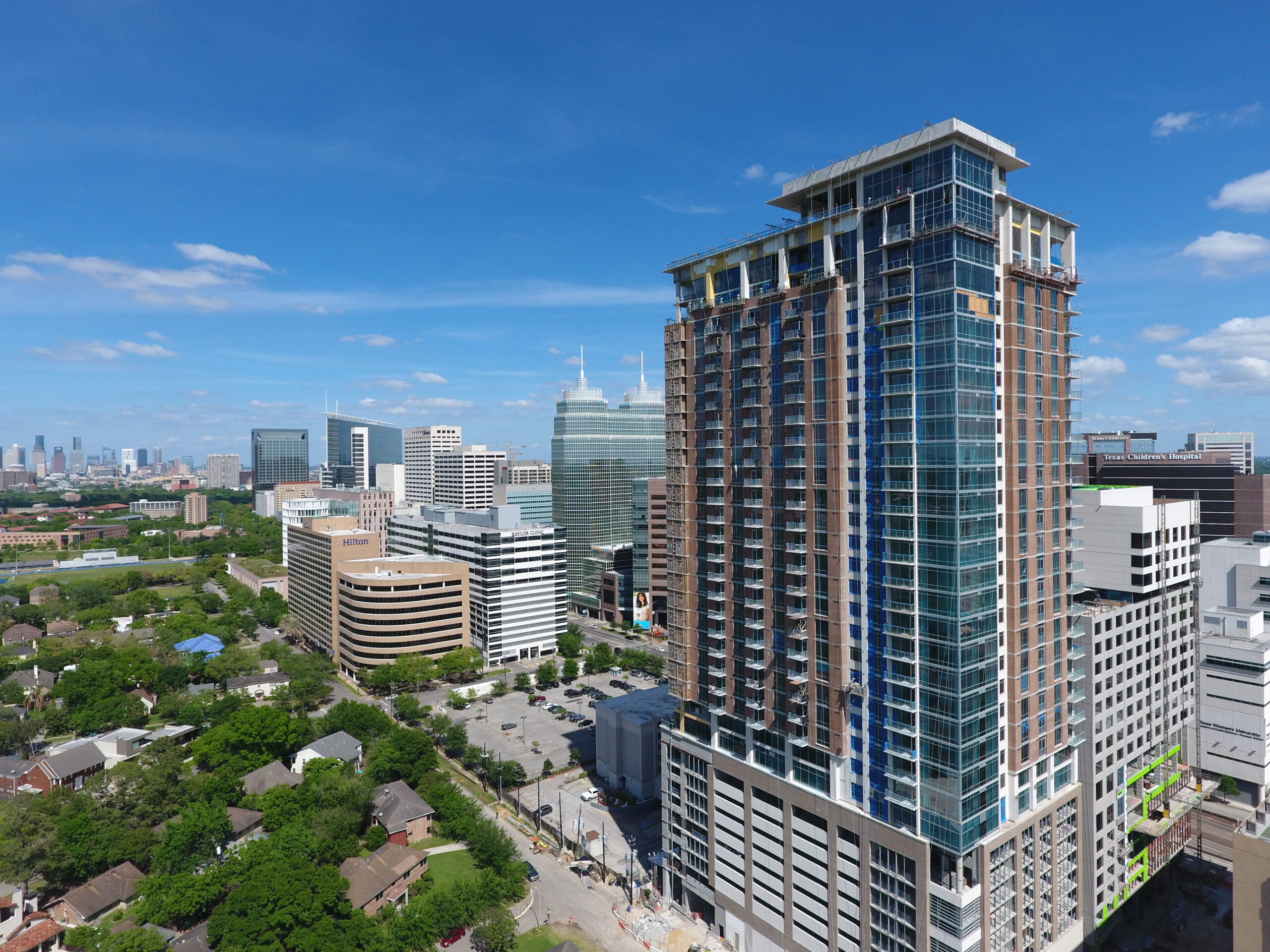Modernization and Recapitalization
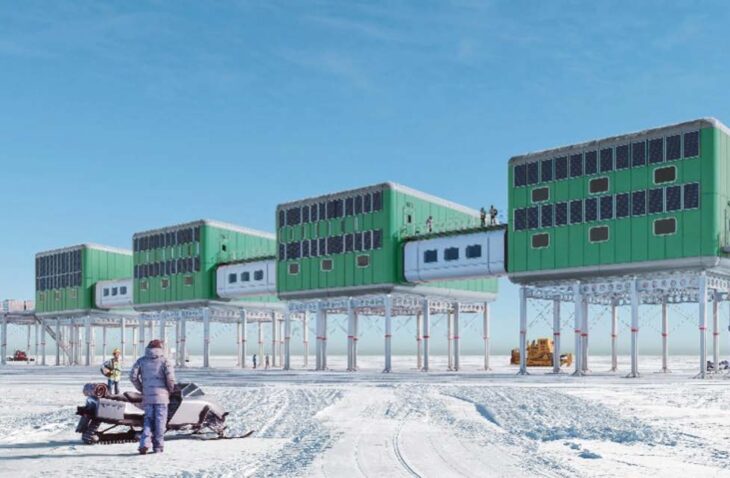
The project: Infrastructure upgrades at the Summit Station—the only high-altitude, high-latitude, year-round inland research platform not influenced by local air pollution—will provide the resiliency, energy efficiency, and clean air necessary for NSF research performed at the station. The site will include four elevated, modular research stations and renewables deck, as well as sled-based/flexible infrastructure including a melt tank, fuel tank, surface storage building, emergency generator, fuel pumps, and fuel storage. Renewable energy sources will include solar panels and wind turbines.
The goal: Create infrastructure that will better support research for decades to come. The owner’s goals include:
- Life safety
- Resiliency (fire safe)
- Health and wellbeing
- Inclusion and equity
- Reduced emissions: Clean air and snow
- Efficiency: Energy, spatial/functional
- Flexibility/adaptability
- Scalability (partitioning for winter operations)
- Constructability
- Autonomy
- Stewardship of financial resources, first costs, life cycle cost
- Durability/low maintenance
- Image reflective of NSF (simple, iconic)
Design approach: The design team provided custom and semi-custom engineering solutions to ensure reliable and efficient power and heating in the remote research facilities. The team recommended adding 600 kWh of battery capacity and 90 kW of wind generation capacity, reducing operating costs to $601,089/yr.
Challenge: Achieve operational resiliency. Solution: The design team implemented power automation relaying for grid outages and equipment maintenance.
Challenge: Reduce the facility’s carbon footprint while supporting net-zero operation. Solution: Renewable energy systems including solar panels and wind turbines helped achieve this goal.
Expected outcome: When completed, the facility will provide increased resilience to climate and environmental factors, energy efficiency, and autonomous systems that allow the station
to be unmanned and later reoccupied without damaging the infrastructure.
